Lugares de interés (POIs) del Mapa
0: Dachau Concentration Camp

Más sobre Dachau Concentration Camp
1: Remilitarization of the Rhineland
This was the first time since World War One that Germany had entered the Rhineland, this was also a violation of the Treaty of Versailles. Hitler moved 20,000 troops into the Rhineland on march 7th 1936. This proved as a test for Britain and France,Hitler wanted to see how serious they where about Germany's restrictions. At the time that Hitler remilitarized, to his advantage, Britain was going through economic hardships and also wished to avoid war. This made it possible for Hitler to remilitarize the Rhineland with no problems whatsoever. 
Más sobre Remilitarization of the Rhineland
2: Anschluss
Anschluss means a political or economic union. This union was between Germany and Austria. On march 12th, 1938 Hitler announced the union, in fact this union was an annexation of Austria and creating a greater Germany. What was shocking about this union was that it had been forbidden at the paris peace conference in 1919 (The treaty of versailles as well as the Larcarno pact forbid this union).
Más sobre Anschluss
3: The total conquest of Czechoslovakia
Once Hitler had taken over the Sudetenland it left the remainder of Czechoslovakia very weak, this made them Hitlers next target. In 1938 Hitler decided to take over the remainder of Czechoslovakia and did so with success, by 1945 Czechoslovakia belonged to Germany. 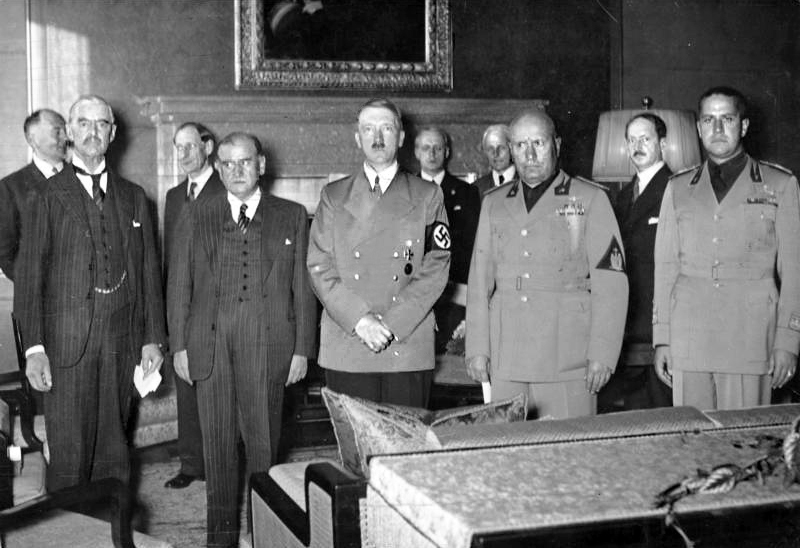
Más sobre The total conquest of Czechoslovakia
4: The Invasion of Poland
German people where always bitter of the non aggression pact between Germany and Poland. This pact ensured that there would never be an alliance formed between the two countries. After world war one poland received some of Germany's land, Hitler sought an opportunity to take it back, and more. On September 1st 1939 German troops invaded poland, this was the deciding factor for Britain and France to wage war on Germany.

Más sobre The Invasion of Poland
5: Invasion of Denmark
In 1940 , German troops invaded Denmark by land, sea, and air. The sol purpose of this invasion was to secure iron ore shipping from Narvik. The Germans used the invasion tactic of coming at Denmark from all angles in order to capture the country quickly as possible. The Danish people where readily warned about the attack but where, unfortunately, instructed not to be armed because it would provoke Germany! 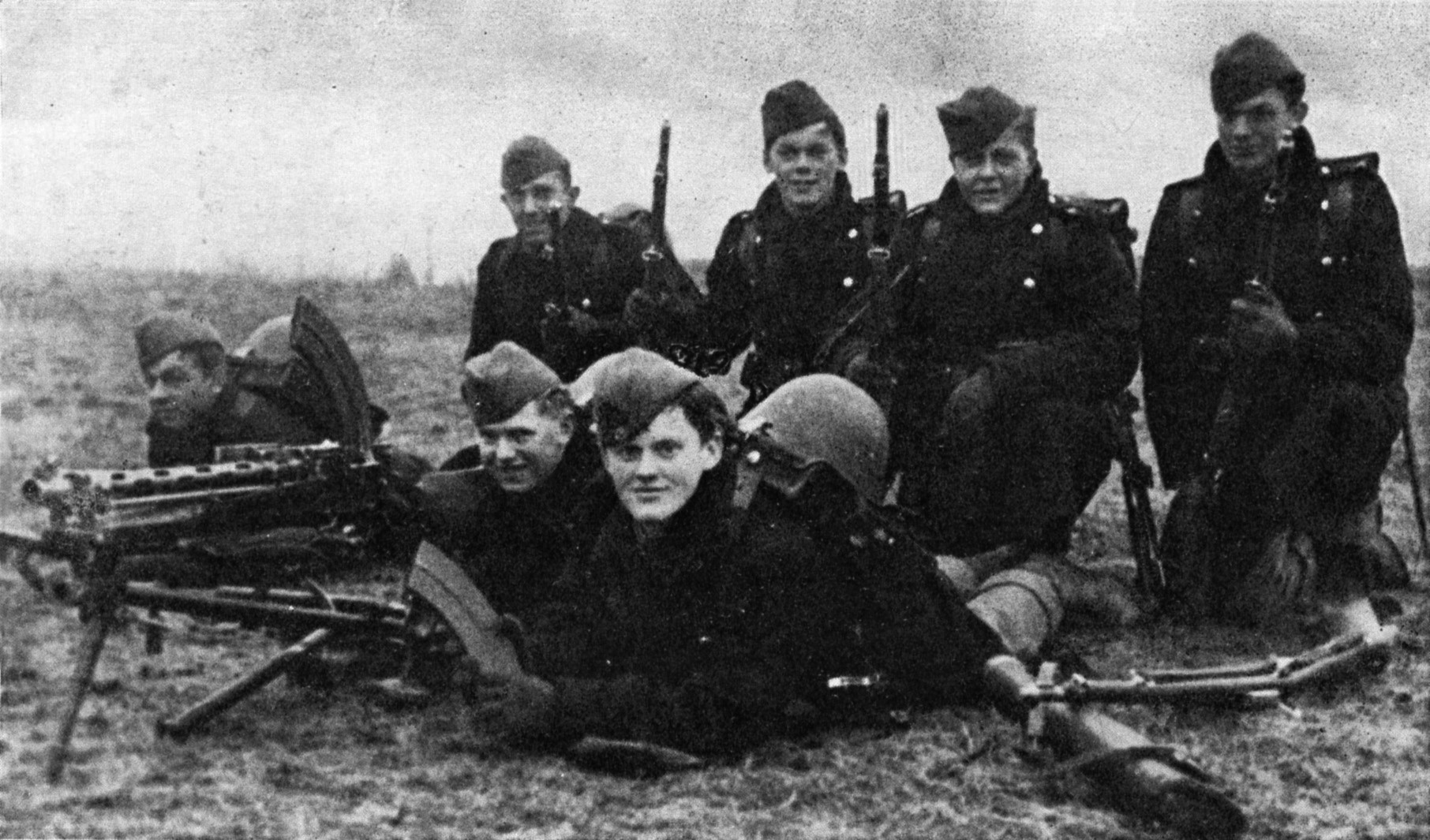
Más sobre Invasion of Denmark
6: Occupation of Sudetenland
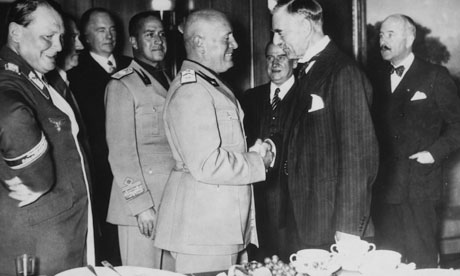 After Hitler successfully took Austria, he decided he wanted to take Sudetenland which was part of Czechoslovakia. The British Prime Minister, Neville Chamberlain, was nervous of war so he tried to resolve the situation by meeting with Hitler. When this failed due to Hitler's demands a four-power conference was held. The conference was held in Munich with Hitler, Mousolini,Chamberlain, and Deladier. On September 29th 1938 they agreed and Hitler had his troops in full force by October 10th 1938.
After Hitler successfully took Austria, he decided he wanted to take Sudetenland which was part of Czechoslovakia. The British Prime Minister, Neville Chamberlain, was nervous of war so he tried to resolve the situation by meeting with Hitler. When this failed due to Hitler's demands a four-power conference was held. The conference was held in Munich with Hitler, Mousolini,Chamberlain, and Deladier. On September 29th 1938 they agreed and Hitler had his troops in full force by October 10th 1938.
Más sobre Occupation of Sudetenland
7: Invasion Of Norway
Más sobre Invasion Of Norway
8: Invasion of the Netherlands
On may 10th, 1940, Nazi Germany invaded Holland in a Blitzkrieg attack. Only six days after the attack began, Holland surrendered, they where unable to deal with the intensity of Blitzkrieg. In holland, luckily, there is many series of waterways, and Holland troops managed to delay the severity of the attack slightly by naval crafts amongst the waterways. Unfortunately they where only able to delay it for a short amount of time before being completely overpowered by paratroopers and other forms of blitzkrieg. The airfield at Waalhaven was German's central focus for attacking, once it had been completely conquered by the Germans the Dutch took their attempt at battle. They destroyed many German planes, but not enough. On may 14th, 1940, Nazi Germany began their attacks on Rotterdam, from here on they continued to attack the remainder of the Netherlands, it took them only two days! They received much resistance in few places, but ultimately conquered it all. This video gives an explanation of the order and severity of the invasion.
Más sobre Invasion of the Netherlands
9: Invasion of France (Fall of France)
On may 10th 1940 the Germans began their Invasion on France. Since Britain and France had declared war on Germany following Germany's invasion of Poland, they had seen little to no fighting. This period is now known as the "Phoney War", this phoney war ended on may 10th, when Germany broke through Frances borders. Case yellow, the Germans called it, began with an armed invasion through the Ardennes forest to avoid the Maginot line. Four days into the invasion the Germans went accross the Meuse river (this was their official entrance into France). On may 20th the German army had trapped the British and they tried to evacuate to Dunkirk and England. It was on June 5th that the french resistance came to an end, however, they continued fighting rapidly. But the Italians had now sided with the Germans and by June 10th France had fallen.
Más sobre Invasion of France (Fall of France)
10: The Battle of El Alamein
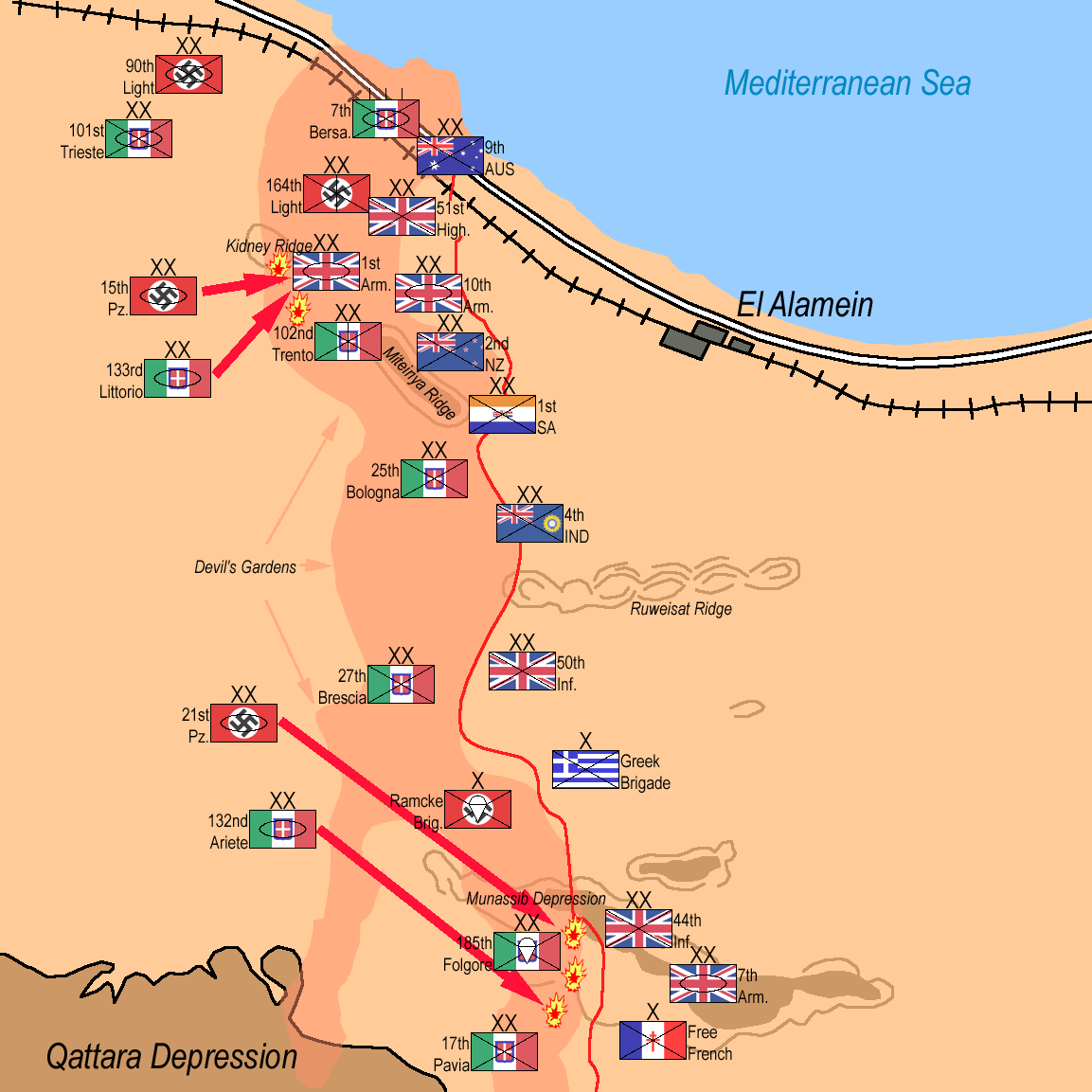 The battle of El Alamein fought in North Africa for the majority of it. Axis and allied forces wanted north Africa simply for their resources, it would have been a vital supplier of oil. There where two battles of El Alamein, the first was between Italy and Germany ( The axis forces) and the Panzer African army, and allied forces but mostly British. This battle was halted, specifically because it was too dangerous with the Suez Canal. From October 23rd to November 11th 1942 the second battle took place in El Alamein, this battle turned out to be a victory for the allied forces! This ended the threat of axis powers having access to oil in north Africa.
The battle of El Alamein fought in North Africa for the majority of it. Axis and allied forces wanted north Africa simply for their resources, it would have been a vital supplier of oil. There where two battles of El Alamein, the first was between Italy and Germany ( The axis forces) and the Panzer African army, and allied forces but mostly British. This battle was halted, specifically because it was too dangerous with the Suez Canal. From October 23rd to November 11th 1942 the second battle took place in El Alamein, this battle turned out to be a victory for the allied forces! This ended the threat of axis powers having access to oil in north Africa.
Más sobre The Battle of El Alamein
11: The Invasion of the Soviet Union
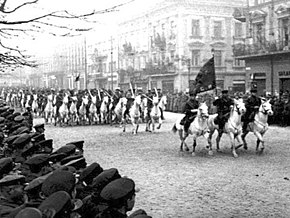 Also known as "Barbarossa" Germans invaded the soviet union on June 22nd 1941. It was the largest military operation of world war II. This led to the depletion of communist threats to Germany, it also gave Nazi Germany amazing land. They siezed the Jews that resided in the Soviet union along with destroying any communist leaders they could get their hands on. This invasion took place only two years after the German-Soviet non aggression plan was signed.Eventually the soviet which had very few resources left, was forced to surrender.
Also known as "Barbarossa" Germans invaded the soviet union on June 22nd 1941. It was the largest military operation of world war II. This led to the depletion of communist threats to Germany, it also gave Nazi Germany amazing land. They siezed the Jews that resided in the Soviet union along with destroying any communist leaders they could get their hands on. This invasion took place only two years after the German-Soviet non aggression plan was signed.Eventually the soviet which had very few resources left, was forced to surrender. Más sobre The Invasion of the Soviet Union
12: Auschwitz Concentration Camp
Auschwitz was the biggest, most nortorious concentration camp, and in it there branched many railroad tracks leading to smaller work camps
Más sobre Auschwitz Concentration Camp
13: The Battle of Britain
This battle was waged between the German Luftwaffe (The German airforce) and the British Royal Airforce, it continued on throughout July to October 1940. The Germans idea was to take out the British airforce system and manufacturing of air force equipment. Fortunately for Britain, Germany was not prepared for the long travel they had to face for air battle, there planes where also not nearly as advanced as the Royal Air Force's. On September 15th the Luftwaffe lost 56 planes, hitler recognized his defeat and pulled out on September 17th. here is a video of the historic Battle Of Britian
Más sobre The Battle of Britain
14: Adolf Hitler becomes Chancellor of Germany
When the chancellor of Germany, Paul Von Hindenburg died, Hitler finally achieved his dream of becoming Chancellor of Germany. Of course he is an outrageous dictator, which Germany was soon to find out. The day Hitler was appointed this position was August 2nd 1934. Hitler was called "Fuhrer" and promised Germany a "third Reich that would last for 1000 years", however, Germany collapsed in 11 years after Hitler's takeover. This was not to say that Hitler did not successfully takeover all of Germany and a vast amount of Europe. Once Hitler became Fuhrer he developed laws that restricted him from ever being doubted or ever having an election. He then created anti-semenic laws, and this is where his conquests began.

Más sobre Adolf Hitler becomes Chancellor of Germany